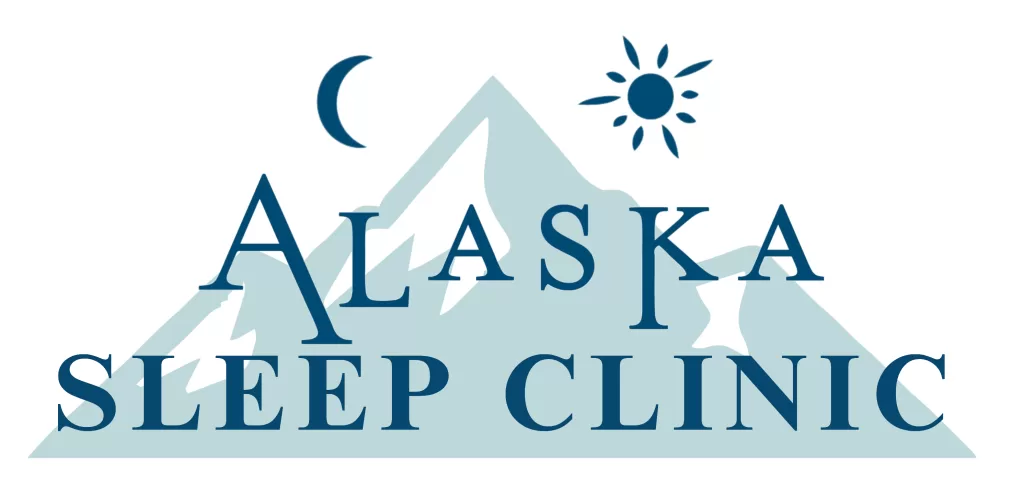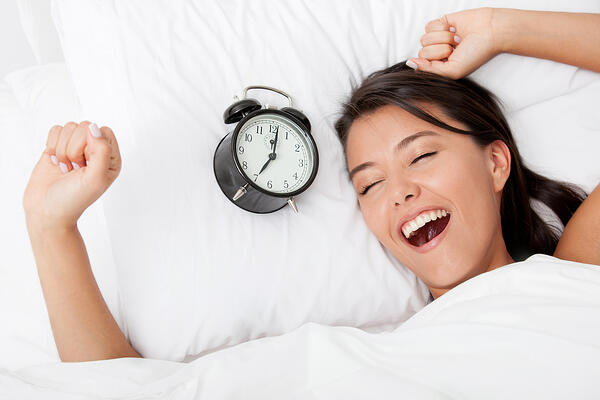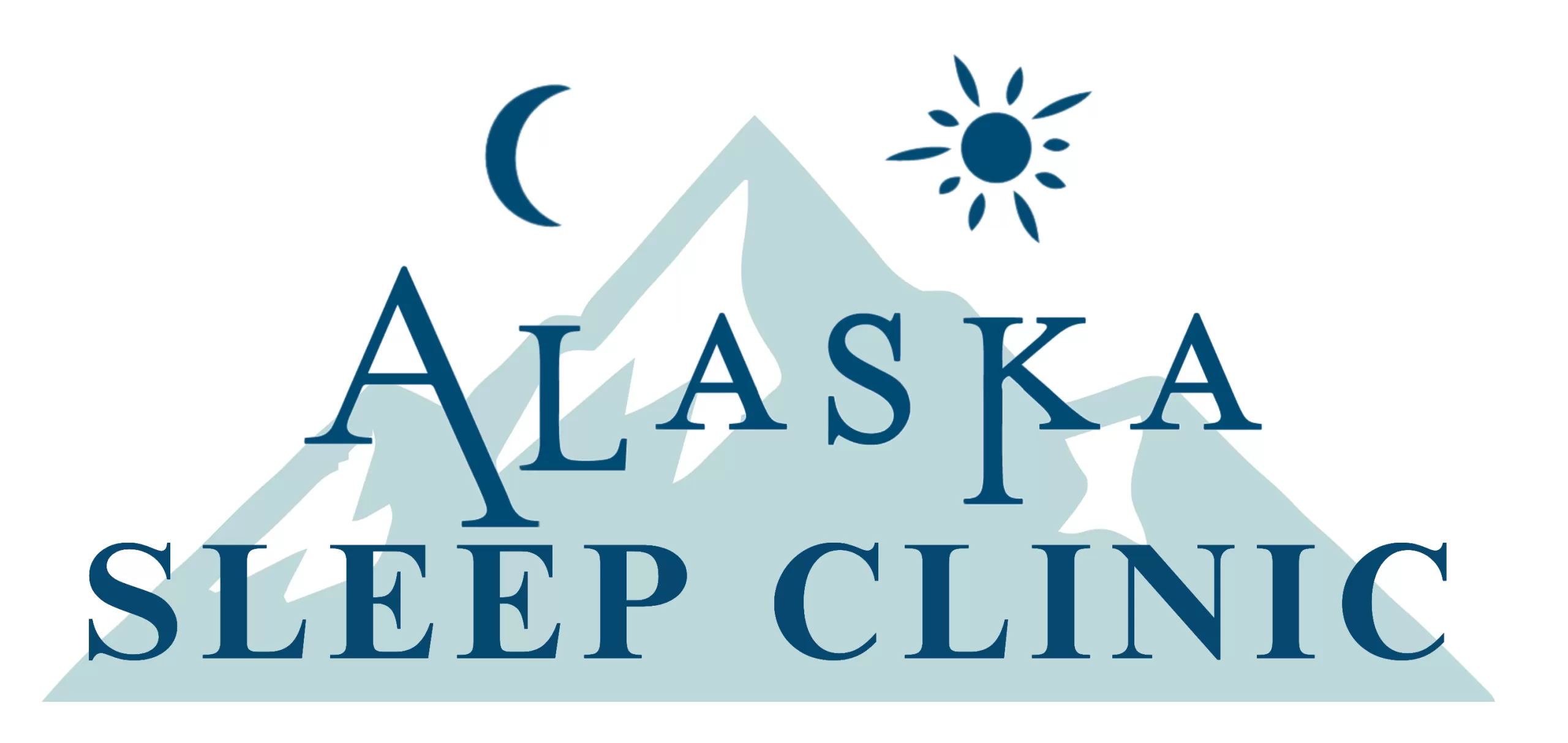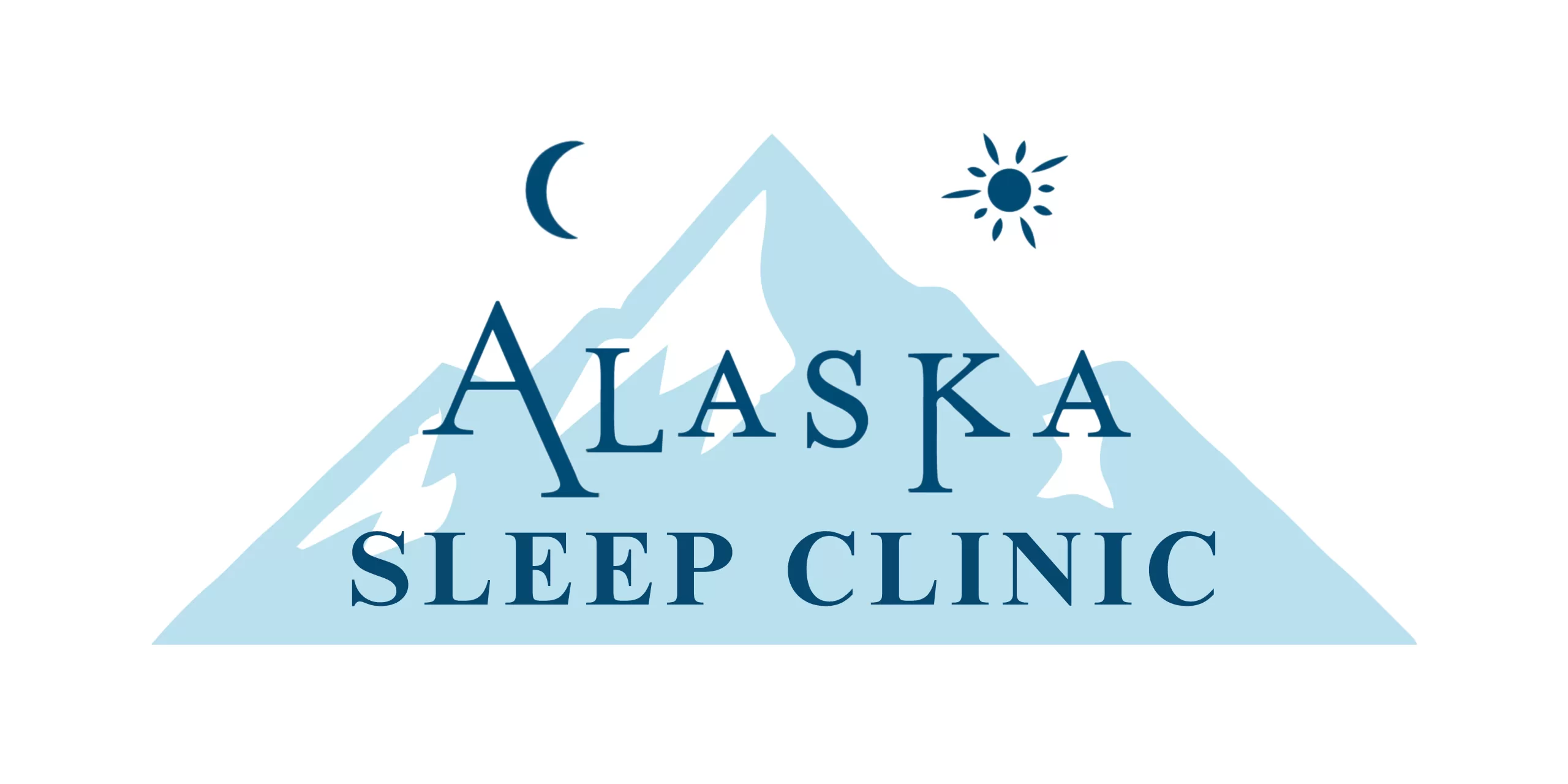There’s nothing quite like a nice nap to revitalize you in the middle of the day. Whether you didn’t get enough sleep last night or if you’re just running on fumes from a stressful day, a nap can be an excellent tool to energize your body and sharpen your mind.
Some people take naps on a daily basis while others claim that they don’t need them, but research has shown that napping can be highly beneficial.
Studies show that adults who nap in the middle of the day benefit from increased alertness, elevated mood, and a lower level of general fatigue. All of these things can help make you more productive throughout your day and can lead to higher levels of job satisfaction and a better work/life balance.
So, next time you’re feeling drowsy in the middle of the day, you may just be doing yourself a favor by shutting your mind off for a short period of time.
If you are proponent of the mighty nap, there are some things that you should know before committing to a daily snooze. It may sound crazy, but naps have some general rules that you should follow so that you are getting the most out of your mid-day siesta.
If you abide by these rules you should be well on your way to a more energetic and happy life.
Napping Do’s
Keep it Short
Although you may feel like you want to sleep for several hours, it is best to keep your 
If you have time, you can technically nap for 90 minutes without disturbing your sleep as this is the length of a standard REM cycle. There are phone apps and devices you can buy to monitor your breathing to tell if you are in or out of the cycle. Once the app notices you are coming to the end of the REM cycle, it will sound a soothing alarm to gently wake you from your slumber.
Get Comfortable
Although you may be tired enough to fall asleep in an upright wooden chair, you’ll be doing yourself a favor to get as comfortable as time and space allow. This means finding a dark room without any distractions or noise. Your bed is probably the best place to take a nap but if you aren’t at home try to at least find a couch or even a comfortable blanket. Being able to lie down somewhere – even if it’s a floor with a blanket, is a lot better than trying to fall asleep in a sitting position.
Silence Your Phone
We live in highly connected, digital times, and it can be difficult to disconnect from the world, but it is essential that you aren’t disturbed during your nap. Remember, you are supposed to keep your naps short, and any interruptions can ruin the entire experience. Put your phone on do not disturb or just simply turn it off for the short time that you will be napping. As long as you don’t have any time-sensitive work issues, 30 minutes away shouldn’t cause too many problems for your coworkers.
Nap Before 3pm
The early afternoon is the best time to nap. If you take a nap after 3pm it can cause 
Move Around After Waking
Don’t run straight to the gym and start lifting weights – a simple, moderately paced walk is just fine. This will get the blood flowing and help you to get your mind back together to take on the rest of the day. It can also help to get rid of any effects of sleep inertia.
Drink Coffee Before Your Nap
This may sound a little looney but drinking a cup of coffee before lying down to sleep can do wonders for boosting your energy after you wake up. The caffeine will take some to kick in, so your sleep won’t be disturbed for the short duration of the nap. Once you wake up, however, you’ll really start to feel the effects, experiencing a double whammy of energy!
Napping Dont’s
Don’t Nap Too Long
Napping isn’t supposed to take the place of a good night’s sleep – rather, it should provide a burst of energy in the middle of the day. If you sleep more than 90 minutes, you are likely to wake up in a groggy state. This will basically undo all the good work that a shorter nap can accomplish.
Don’t Nap Too Late
Napping within 3 hours of your bedtime can have a negative effect on your overnight sleep. Most naps should be done earlier in the day so that you are tired enough to fall asleep at your normal bedtime. It is important to have a regular schedule to keep your body running properly and messing with your nighttime sleep is detrimental to your body’s cycle.
Don’t Force Naps
Even if you’ve made naps part of your daily routine for years now, there is no need to force a nap if you aren’t tired. This will only serve to make you more tired. If you have energy, you should embrace it and try to make it through the day when you can. Only take naps when you feel that you are fatigued, as that is your body telling you that you need to lie down.
Enjoy Your Nap!
Now that you know what and what not to do when it comes to napping, the most important thing is that you enjoy it! Napping isn’t for everyone, but if you feel that you can draw some advantages from shutting off for a little bit in the middle of the day, you might just find that naps will improve your life.
After a nice little snooze, you’ll get back to work feeling refreshed, relaxed, and in some cases, more optimistic. People have utilized power naps to increase energy levels for centuries, and it’s easy to see why once you begin the practice.
Proper sleep hygiene is a practice that, if made a habit, can improve your quality and quantity sleep. However, if nothing seems to help your sleep problem, you need to see a sleep specialists at Alaska Sleep Clinic.













